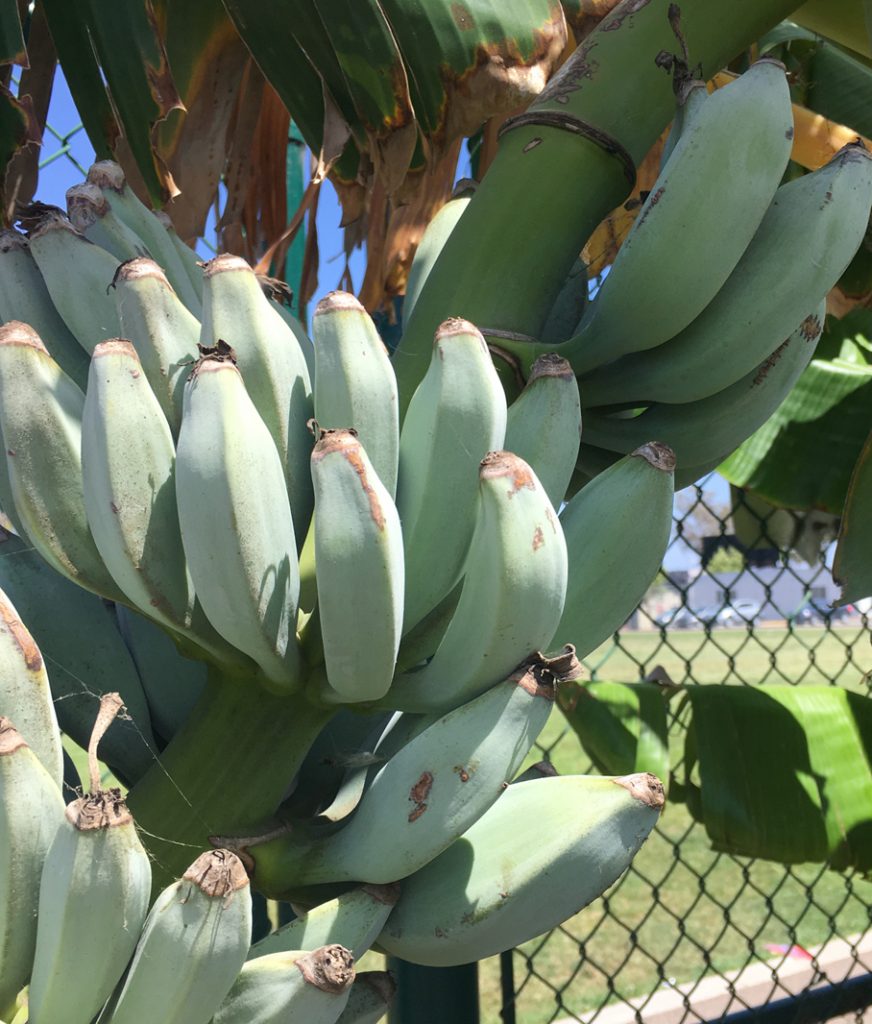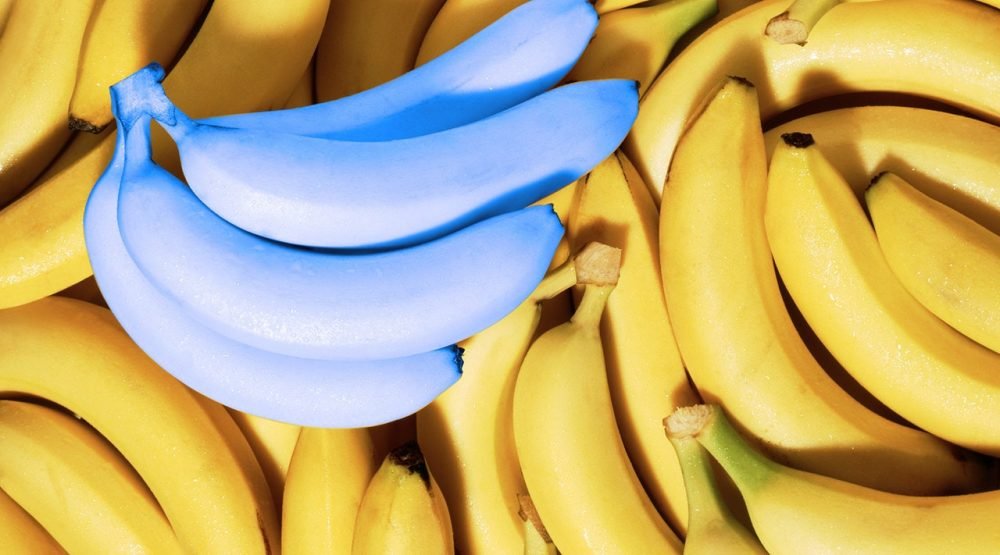
Still, just minutes away is the International Banana Museum, which owners say has “so many banana-themed items that find it hard to absorb it all!!!”ĥ. The banana hasn’t always been profitable.Įmployees of the “Mateo” banana plantation on a normal workday in Chobo, Ecuador, 400 km southwest of Quito, on January 13, 2016.

The museum was sold in 2010 and the new ownership is no longer associated with the Banana Club. Famous Banana Club-ers include Jay Leno and former U.S. Since 1972, 38,000 people in 27 countries became dues-paying members by coughing up $15 with the option to choose their own banana-themed nickname. The now-defunct International Banana Club and Museum, not to be confused with the very much in business International Banana Museum in Mecca, California, boasts 17,000 banana-themed artifacts and is listed in Guinness World Records as the “largest collection devoted to any one fruit.” Some highlights include banana lamps, banana bowls, banana jewelry and a decades-old petrified banana that hangs in a frame on the wall. Just make sure you don’t slip on it.Ĥ. There was once an official international club where banana lovers could unite. So go forth and use the banana peel for just about anything.

You can also polish shoes, dust plants and even whiten your teeth with the peel.īanana peels have also been used for water purification, ethanol production and as a fertilizer - and they’re often part of feedstock for cattle, goats, pigs and poultry.
BLUE JAVA BANANAS LOS ANGELES SKIN
You can rub a banana peel on your skin to remove ink stains or soothe insect bites. And, to stop a scratched DVD or CD from skipping, rubbing a banana peel can fill the scratches without damaging the plastic finish.

Although since bananas have been commercially grown, the plants are sterile, and the seeds have gradually been reduced to little specs.Īnd to clarify more banana terminology: bananas grow in what are known as “hands,” so-called because of their appearance, which make up the larger stalk, known as a “bunch.”Ģ. There are way more varieties than you probably think.Ī banana’s wholesomeness often pertains to it’s nutritional value ( or lack thereof), but less attention is given to its peel, which, thanks to a blend of acids, oils and enzymes, has some powerful off-label uses.įor instance, you can put one on a splinter to help loosen the foreign fragments in the skin and heal the wound. The yellow thing you peel and eat is, in fact, a fruit because it contains the seeds of the plant. While the banana plant is colloquially called a banana tree, it’s actually an herb distantly related to ginger, since the plant has a succulent tree stem, instead of a wood one. Well, they are and they aren’t.īananas are both a fruit and not a fruit.

But with the future of the banana industry in flux, here are eight things you didn’t know about them.ġ.
BLUE JAVA BANANAS LOS ANGELES FULL
You can watch our full report on that effort here. Scientists in Honduras are working to create a resistant banana before the disease hits Latin America, where the majority of bananas are grown. The Cavendish banana, consumed more frequently than apples and oranges by Americans, is being threatened by the virulent fungal Panama Disease, also known as Tropical Race 4, which is making its way to South America where more than 80 percent of the world’s bananas are grown.Īnd with no known way to stop the disease - or even contain it - scientists say that over time, this type of banana may be eliminated from commercial production. One of America’s favorite snacks is facing a crisis.


 0 kommentar(er)
0 kommentar(er)
